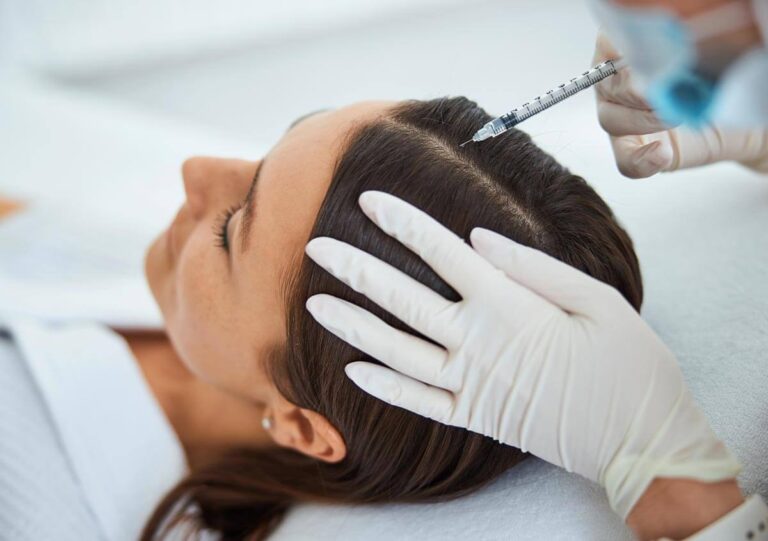Hair loss can be a frustrating experience for both men and women, affecting confidence, self-esteem, and overall appearance. Thankfully, modern science has revolutionized the way we approach hair restoration. From non-surgical treatments to advanced medical innovations, there are now many effective ways to regain thicker, healthier hair. Let’s explore the top hair restoration technologies that are transforming the industry in 2025.
1. Platelet-Rich Plasma (PRP) Therapy
PRP therapy remains one of the most popular non-surgical hair restoration treatments. It involves drawing a small amount of your blood, processing it to extract platelet-rich plasma, and injecting it into your scalp. These platelets are packed with growth factors that stimulate hair follicles and encourage new hair growth.
Why it’s effective:
- Enhances natural hair regrowth
- Improves hair thickness and strength
- Minimal downtime and side effects
PRP is especially effective for early-stage hair loss and can be combined with other treatments for better results.
2. Low-Level Laser Therapy (LLLT)
Low-Level Laser Therapy uses red light wavelengths to penetrate the scalp and stimulate hair follicles at a cellular level. This improves blood circulation and increases hair density.
Benefits of LLLT:
- Painless and non-invasive
- Suitable for both men and women
- Can be done at home with FDA-approved laser caps
This technology is ideal for individuals looking for a convenient and consistent way to promote hair regrowth without medical procedures.
3. Follicular Unit Extraction (FUE) Hair Transplant
The FUE hair transplant technique is considered the gold standard in surgical hair restoration. It involves harvesting individual hair follicles from a donor area (usually the back of the head) and implanting them into thinning or bald areas.
Advantages of FUE:
- Natural-looking results
- Minimal scarring compared to traditional methods
- Shorter recovery time
With advancements in robotics and precision tools, FUE has become more efficient and less invasive, making it a preferred option for those with advanced hair loss.
4. Stem Cell Hair Therapy
Stem cell therapy is one of the most exciting innovations in the hair restoration field. It involves using stem cells extracted from the patient’s body to stimulate dormant hair follicles and promote new growth.
Why it stands out:
- Encourages long-term hair regeneration
- Uses the body’s own healing power
- Potential to reverse follicle miniaturization
Although still being researched, stem cell hair therapy holds great promise as a future standard for permanent hair restoration.
5. Artificial Intelligence (AI) and Robotics in Hair Transplantation
In 2025, AI-driven robotic systems are making hair transplants more precise and effective. Robots like the ARTAS system use artificial intelligence to identify the best donor follicles and implant them with microscopic accuracy.
Benefits include:
- Consistent and natural results
- Reduced human error
- Faster procedures
AI technology ensures that every follicle is placed strategically to achieve maximum density and natural flow.
6. Microneedling with Growth Serums
Microneedling combined with specialized growth serums or peptides enhances scalp health and improves absorption of nutrients. The micro-injuries created by microneedling stimulate collagen production, which strengthens the scalp and supports healthy follicles.
Key benefits:
- Boosts blood flow and nutrient delivery
- Improves hair thickness and texture
- Safe and affordable
This technique is often used alongside PRP or topical treatments for improved results.
Final Thoughts
The world of hair restoration technologies is evolving rapidly. Whether you choose a non-invasive method like PRP or LLLT, or an advanced medical procedure like FUE or stem cell therapy, today’s options are safer, faster, and more effective than ever before.
Before starting any treatment, consult a certified dermatologist or hair restoration specialist to find the best approach based on your condition and hair type. With the right technology and expert care, regaining your confidence—and your hair—is entirely possible.

